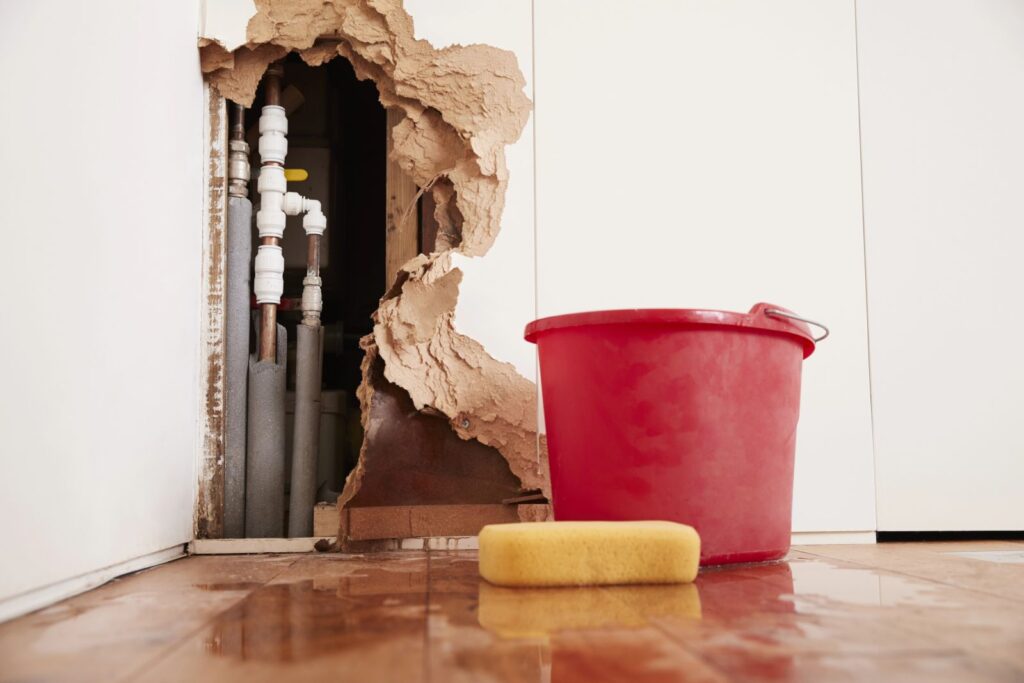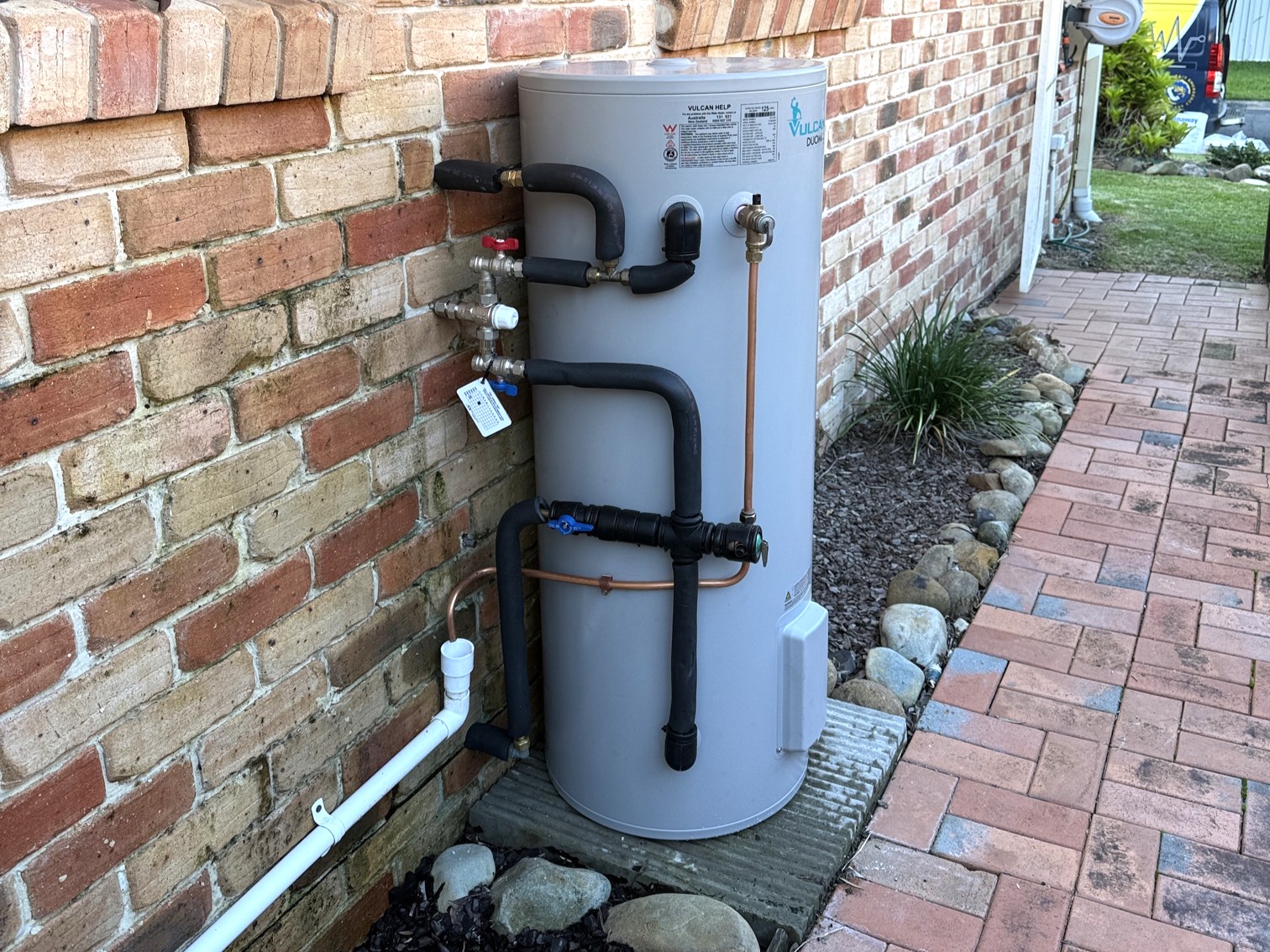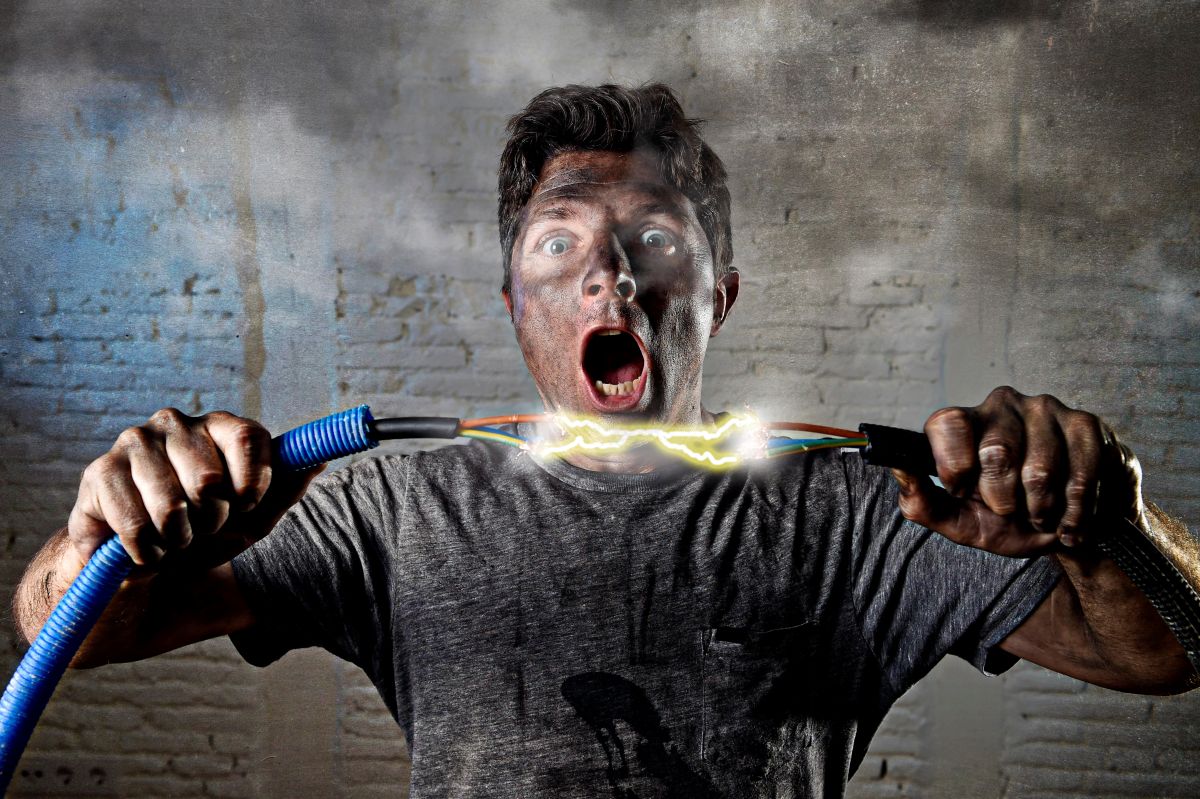The Physics of Pressure Changes in Household Plumbing
Night-time plumbing failures in the Canberra region often stem from the way water behaves inside closed systems when demand drops. As households in Tuggeranong, Belconnen and the surrounding suburbs, reduce their usage late in the evening, water remains static within the pipes for longer periods.
This absence of flow allows internal pressure to rise because there is no regular release through taps, appliances, or irrigation systems. In older homes common across Canberra’s established suburbs like Woden Vally and Weston Creek or Ainslie, historic pipework can be especially vulnerable to these shifts because the material has already experienced decades of expansion and contraction cycles.
As local Canberra plumbers know, even a modest rise in overnight pressure can create stress concentrations in weakened spots. Over time, these points become the starting locations for micro-cracks that can quickly propagate into full pipe ruptures when pressure fluctuates further.
How Night-time Water Use Patterns Influence Pipe Stress
The Canberra region typically sees sharp contrasts between daytime and night-time water consumption. Such as during busier hours, the steady movement of water prevents internal pressure from reaching the necessary maximum potential.
When night arrives, however, irrigation systems shut off, commercial water use declines, and residential use falls dramatically. This pattern produces a temporary high-pressure environment inside the network. In homes relying on older copper or polybutylene systems, the shift from frequent flow to hours of stillness can introduce mechanical stress as the pipe walls absorb the increased static load.
Because Canberra households often have multi-zone heating and cooling habits influenced by local climate, evening temperature changes can also cause internal system variability, compounding the stress exerted on internal plumbing systems.
Temperature Drops After Sunset and Their Impact on Pipe Materials
Canberra is known for it’s cooler nights, especially during winter months, where temperatures can drop quite quickly after sunset. Even if the temperature does not reach freezing, these rapid decreases still affect the physical properties of pipe materials.
Metal contracts as it cools, which can temporarily tighten joints and joints that were already compromised. Plastic pipes, however, may become more brittle when exposed to repeated cold cycles. This thermal stress then combines with a higher static pressure, creating conditions that are ripe for failure.
Many burst pipes reported in Canberra during winter occur not because of freezing, but rather due to the cumulative strain caused by sharp temperature shifts interacting with the older infrastructure.
Common Conditions That Make Night-time Pipe Bursts More Likely
Ageing or Corroded Pipes Under Increased Night Pressure
A large portion of Canberra’s housing stock was built several decades ago, meaning many properties still contain ageing plumbing materials that are more susceptible to corrosion or mineral buildup. Corrosion, particularly internal pitting in copper pipes, starts to weaken the structural integrity of the pipe wall, and then mineral deposits can also reduce the internal diameter, increasing the localised pressure.
When night-time pressure builds within these compromised sections, the weakened pipe surface can no longer distribute the force as effectively. The result is often a sudden rupture that appears without any warning. Older rural properties on the outskirts of Canberra like Carwoola, Bywong, Gundaroo, Bungendore, Murrumbateman, and Yass, where bore water or alternative supply systems might introduce additional minerals, face even higher vulnerability to this pattern.
Hidden Leaks That Escalate When Overnight Temperatures Dip
Small, slow leaks in domestic plumbing are often overlooked during the day when water movement is higher and ambient temperatures are warmer. However, when the overnight temperatures drop and static pressure increases, these minor imperfections can actually deteriorate quite quickly.
A tiny crack or pinhole leak may expand as the surrounding pipe contracts in cooler conditions. This interaction transforms a manageable maintenance issue into a full-on pipe burst by early morning.
Whats worse is that these hidden leaks often occur within walls, under floors, or in uninsulated crawl spaces, making night-time failures difficult to predict but common in properties that have outdated plumbing layouts.
Soil Movement and Ground Contraction During Cooler Night Hours
External pipes in areas with clay-rich soils, which are found in parts of the Canberra region, can be affected by soil contraction during cooler nights. As the ground loses heat, moisture levels shift and the soil contracts.
Even small movements in the surrounding earth can place additional pressure on underground pipes. If the pipe is already weakened through age or wear, these subtle shifts can cause misalignment, joint separation, or full ruptures.
For homeowners with gardens or irrigation systems running through different soil zones, this night-time contraction effect can be particularly impactful.
How Water Pressure Fluctuations Contribute to Night-time Pipe Failures
What Happens When Municipal Pressure Rises After Peak Hours
When citywide water demand subsides, municipal systems often stabilise at higher baseline pressures. Areas such as Canberra’s elevated suburbs may feel these increases more sharply. The resilience of home plumbing plays a significant role in how well these systems tolerate the change.
Newer houses with updated pipes tend to absorb the adjustment easily. Older systems, however, can struggle when municipal pressure returns to its maximum level during quieter night hours.
The Role of Pressure Surges in Weak Joints and Fittings
Even brief pressure spikes can stress joints or fittings that are already loose or corroded. A worn coupling or ageing elbow joint might hold steady during the day, only to fail at night when water pressure peaks. These pressure surges may not be dramatic, but they can be enough to push a compromised connection past its limit.
Because many of these fittings sit behind walls or below flooring, the first sign of a problem is often water emerging hours after the surge occurred.
Why Lower Household Activity Creates Higher Static Pressure
The absence of regular water movement overnight means internal household pressure is at its highest level for the longest duration. Static pressure remains elevated until the system is used again, often not until morning showers or dishwashing resumes.
If any part of the plumbing system has a structural weakness, the prolonged pressure period increases the chance of failure during night-time hours. Canberra properties with multi-level plumbing layouts can see particularly large internal pressure differences, depending on elevation within the home.

Material Vulnerabilities: Which Pipes Are Most at Risk at Night
Copper, PVC, and Polybutylene Performance in Cooler Conditions
Copper pipes are durable but can weaken as internal corrosion develops, and they contract noticeably in cooler temperatures. PVC pipes, while resistant to corrosion, can become more brittle in cold conditions. Polybutylene, used in many older Australian homes, is known to degrade over time when exposed to oxidants in water.
At night, when temperatures drop and water pressure rises, each material experiences its own stress pattern. Canberra’s climate, with its significant day-night temperature variation, can intensify these effects on all three materials.
Micro-fractures and How They Worsen Overnight
Repeated stress cycles gradually create micro-fractures in pipes. These hairline flaws expand more quickly during night-time conditions, when thermally induced contraction exaggerates the internal forces acting upon them. Because micro-fractures often develop slowly, homeowners may not recognise the risk until the pipe bursts suddenly.
Insulation Gaps That Allow Rapid Temperature Shifts
Gaps in pipe insulation allow cold air to reach the surface of pipes more easily at night. Even non-freezing temperatures can encourage contraction, especially in older metal pipes. Canberra homes with ceiling cavities, underfloor voids, or outdoor service lines are especially vulnerable when insulation is inconsistent or missing.

Preventative Steps to Reduce the Risk of Burst Pipes at Night
Monitoring Water Pressure and Installing Regulators
Installing or upgrading a pressure regulator can help manage the intensity of water entering the home. While households in the Canberra region may not routinely monitor static pressure, doing so can prevent many burst pipe incidents. Regular checks ensure that daily and night-time pressure variations stay within safe thresholds.
Homeowners in older suburbs should consider conducting annual assessments, particularly if the property still relies on original plumbing.
Improving Insulation Around Exposed or Vulnerable Pipes
Insulating pipes helps stabilise their temperature during cold nights. A well-insulated system reduces contraction stress and protects vulnerable joints. External taps, garage pipes, and underfloor plumbing should be prioritised because these areas typically experience the largest temperature swings and present the highest risk.
When to Schedule Professional Checks Before Problems Escalate
Plumbing inspections, especially before winter, can help identify small issues before they escalate. Professionals can detect minor leaks, ageing fittings, and pressure irregularities that might otherwise lead to overnight failures.
Homeowners preparing rental properties or managing multiple dwellings in the Canberra area should schedule periodic assessments to minimise risk.
Key Takeaways for Homeowners and Property Managers
Understanding the Real Reasons Behind Night-time Pipe Bursts
Night-time bursts occur because static pressure rises when demand falls, while pipes simultaneously contract in cooler conditions. Ageing materials, corrosion, old fittings, and soil movement intensify this risk, especially in regions like Canberra where night-time temperature drops are common.
Practical Measures That Improve Plumbing Reliability
Monitoring household pressure, insulating vulnerable areas, addressing small leaks promptly, and maintaining older plumbing infrastructure all help reduce the chance of a burst pipe.
Consistent upkeep and attention to temperature-related stress can markedly improve the resilience of plumbing systems, protecting homes and investment properties across the Canberra region.
Also read our article on how to find reliable emergency plumbers in Canberra.


